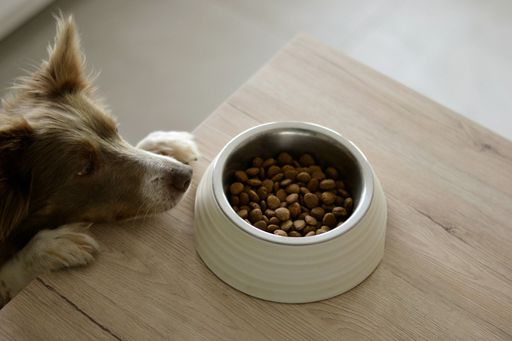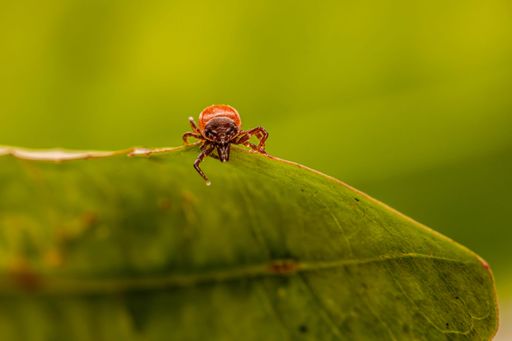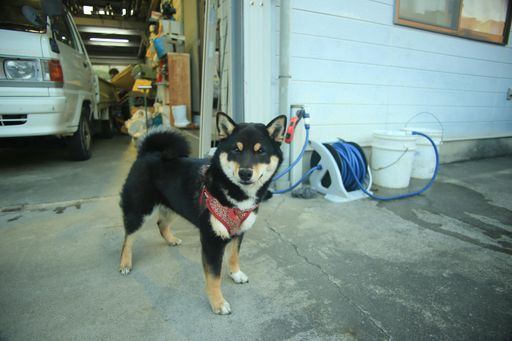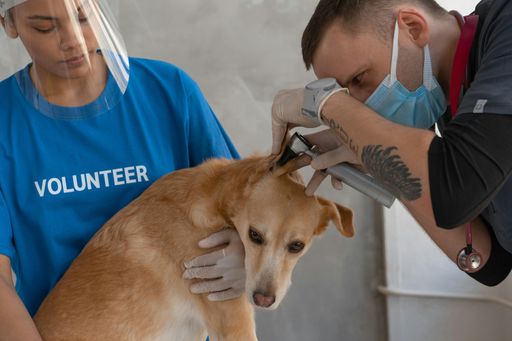Anyone who has ever had to pull their dog out of the bag of dog food knows that some dogs don’t know when to stop eating. Other dogs may not eat much in one sitting, but they’ll return to the bowl multiple times a day, grazing anytime they remember the food is there.
When it comes to dogs overeating, we’re responsible for the wellbeing of our pets. Most of us are guilty of tossing a treat to our dog anytime they look at us with puppy dog eyes or putting more food in their bowl anytime it’s empty…even though it has been refilled twice already.
We all want our dogs to live long, happy, healthy lives, but many people don’t realize that allowing your dog to overeat can increase their risk of medical conditions and shorten their lifespan. Here are the things you need to know about the dangers of allowing your dog to over-eat, and tips to help you stop it.
Dangers of Over-Eating
- Obesity: Dogs that are overweight or obese are more likely to have a shortened life expectancy, pain, low energy level, and disease.
- Joint Pain and Injury: Having extra weight on a dog’s joints will, over time, lead to joint pain from the extra weight the joints are supporting. If the dog stays overweight long enough, arthritis will usually develop, and injuries can occur, like CCL tears.
- Bloat: For dogs that eat too much or too quickly, especially large, and giant dogs like Labradors and Great Danes, bloat is a serious risk that becomes a medical emergency and can result in emergency surgery. This condition involves an enlarged stomach putting pressure on other organs and blood vessels and can even result in the stomach twisting. This condition can lead to death if not treated quickly.
- Pancreatitis: Pancreatitis can be caused by fatty or spicy foods – especially table scraps. Access to these foods can put obese, overweight, and older dogs at higher risk. This illness can be deadly if not treated.
How to Stop Your Dog from Overeating
- Portion Control: Every commercial dog food has feeding guidelines on the package. These guidelines are a perfect starting point for determining how much your dog should be eating in a day. Remember to take into account the number of treats you give throughout the day. Check with your vet on feeding guidelines for your dog if they have medical problems, are overweight or underweight, are pregnant or nursing, or are a puppy or senior.
- Scheduled Feedings: Feed your dog at the same times every day. Give them a set time frame to eat, like 15 or 30 minutes, and then pick up whatever food is left. Permissive grazing can lead to over-eating, especially if you are refilling the bowl whenever it is empty, or filling the bowl each time, regardless of the feeding guidelines and size of your dog.
- The Secret Ingredient: Want to know “that one weird trick” your vet wants you to know? Add green beans to your dog’s meals! If you have a dog that seems perpetually hungry and who still seems hungry after meals, green beans may help your dog feel more full. They are high in fiber but low in calories, helping your dog feel more full with meals without leading to weight gain. A cup of green beans has around 30 calories while a cup of dry dog food can be 200-400 calories or more.
- Read the Label: Some commercial dog foods are full of fillers, like soy and corn. These ingredients are not inherently bad, but they do have low nutrient contents. If fillers make up the main ingredients of your dog’s food, then this can lead to overeating because your dog is not as satiated with meals as it would be with whole foods. Finding a dog food that has whole meats, vegetables, and whole grains as the first few ingredients will leave your dog more satiated than a food full of fillers will.
- Low-Calorie Treats: It’s ok for your dog to have treats, but you may need to consider switching some treats to low-calorie options. There are many low-calorie dog treats on the market, and you can also offer your dog treats like green beans, carrots, apples, blueberries, broccoli, pumpkin, and melon. These foods are low in calories and high in nutrients.
- Change Your Habits: One of the ways many people show their dog love is with food. Treats, table scraps, and even feeding additional meals can be detrimental to the health of your dog. The easiest and most effective way to keep your dog from overeating is to change your habits when it comes to your dog’s food! Practice moderation and restraint when it comes to giving food to your dog. You can show your dog love with activities, exercise, attention, and play without over-feeding them.
Conclusion
Stopping your dog’s overeating will take practice, time, and habit changes to achieve, but it is possible. Preventing overeating will keep your dog healthy and with you for longer, increasing their chance of a long, happy life. If you’re unsure if your dog is overeating, talk to your veterinarian! They’ll be happy to give you guidance on the dietary and activity needs of your dog.
Remember that if your dog is already overweight or obese, change won’t happen overnight. You will have to introduce subtle dietary changes and slowly increase activity to get your dog back to optimal health. Be patient and have routine check-ins with your vet to ensure you and your dog are on the right track.



















